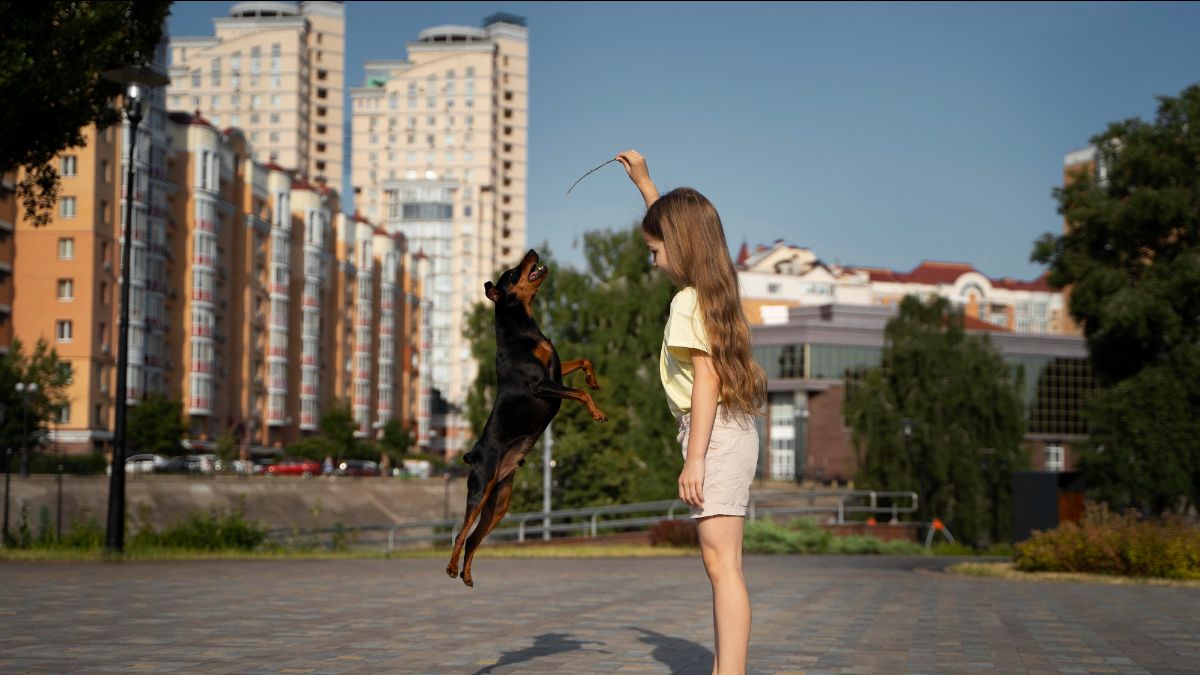Notes from Underground – November 2021
"The contemplative activist intuits and trusts the hidden wholeness of all things and looks for the deeper unity that runs through creation. Of course, most of this gets worked out in the mundane stuff of life, without fanfare, but every once in a while we are given a mystical experience that seals the deal."
Greetings,
So far, we’ve suggested that contemplative action begins by taking a long loving look at the real and acting in love. This is how we see and celebrate good news in hard places.
Along the way, we’ve lifted up various models of contemplative activists such as Howard Thurman, Etty Hillesum and Therese of Lisieux. We’ve tried to name some of the stumbling blocks that prevent us from being contemplative activists as well as some pathways to healing. All of this, and we have barely scratched the surface of our theme.
As we bring this series to a close, I want to tell a story that may be familiar to some of us.
Several years ago, Joel Van Dyke started a gang chaplaincy initiative in Guatemala City. After years of building relational trust Joel began inviting visitors into the prisons to meet the inmates. To be honest, I still have a bit of PTSD because of my visits to the prisons with Joel, but I am happy to report that I also experienced what some might call a mystical experience that has stuck with me all these years. It happened at Preventivo where a Central American gang was housed.
After the guards led us into the prison they locked the door and left us alone with the inmates. I should add here that shortly before entering the prison Joel informed me more about the kind of violence that occurred with some regularity on these gang units. Let’s just say, I was on heightened alert.
Upon entering the inner sanctum of the prison, we were enveloped in a thick cloud of marijuana smoke. We were also greeted with warm hugs from the inmates. Both helped me relax. The first person I met was a guy whose name literally means, “death.” He offered to give me a tattoo (I sorta regret not getting it). After much conversation we eventually gathered in the only open space available. Joel asked me to say something. I was blank. All I know is that there were dozens of young Guatemalan faces crowding around us, waiting for me to speak. Their faces were hard and covered with tattoos. They had seen and experienced the worst that humanity can do.
After thanking them for their hospitality, I recognized the impressive display of tattoos. I referred to God as the world’s first tattoo artist who put a mark on Cain, the world’s first murderer, to protect him. If I had gotten a tattoo that day, I would have asked for that same mark of grace.
I then mentioned the story about God’s name, as revealed to Moses. It’s a name that mirrors the way we breathe. Yahweh. On the inhale we make the sound “Yah.” On the exhale we make the sound “weh.” Notice that the tongue does not clasp, nor do the lips close over the sound. YHWH cannot be controlled or manipulated. God is utterly free and wants the same for us. And then I invited them to breathe the name of God together. To my great surprise and huge relief, they did.
As we breathed, I reminded the inmates that the first thing we do when we enter the world is to say God’s name. It begins with the inhale, “yah.” And the last thing we do when we exit the world is to say God’s name. It ends with the exhale, “weh.” I reminded them that between the first and the last breath we say the name of God over and over. If we live to be 80 we will breathe God’s name nearly 700 million times. We do this happily and involuntarily, without even thinking about it. It’s how we are created. I suggested that the Gospel is no more complicated than breathing. I then reminded our little huddle of human flesh that there is no Christian way to breathe, no Jewish way to breathe. There is no Buddhist or Muslim way to breathe. There is no male or female way to breathe. There is no black, or white, or brown way to breathe. There is no gay or straight way to breathe. There is no conservative or liberal way to breathe. There is no 18th Street Gang, or MS-13 gang way to breathe. There is only one way to breathe. We breathe as human beings created in God’s image, or not at all. And with every breath we take we declare the name of the One who loves us. Yes, God is as close to us as breath itself.
Whether it was the Holy Spirit or the secondhand smoke, or some combination of both, I do not know, but something happened as we breathed God’s name together. The group became a holy sacrament. We became the body of Christ in a hurting world. What stood before me were no longer the faces of angry young men. I saw the faces of innocent boys, created in the image of God and loved without end.
I saw the faces of friends, family, even my own sons. I saw the face of Jesus too. As we huddled together in that hell hole, breathing God’s name, Word had become flesh and dwelt among us. It was sacred, holy, real and utterly alive.
As I look back on it now, I think I was undergoing what Thomas Merton called the “hidden wholeness” of reality. I was experiencing something big and spacious and life-giving. The distinction between “us” and “them” faded. In its place was a deep sense of connection, union, wholeness, belonging.
In his book, A Hidden Wholeness – Journey Toward an Undivided Self. Parker Palmer builds on Merton’s insight. He suggests that our need to separate and divide reality is something of a survival tactic. From an early age our sense of the goodness and oneness of all things, gives way to the fearful imagination. We quickly learn to categorize and divide life in order to protect ourselves and make sense of it. We begin to think of ourselves as separate beings – separate from God, others, and creation. We begin to playact, and build a public persona that we think is preferable to the real self, which feels so small, vulnerable, and utterly dependent upon the other, who we fear is untrustworthy. This produces what Thomas Merton calls the “false self.” Jung called it the “shadow self.” The Enneagram calls it the “disintegrated self.” It’s the self we create in order to survive. It’s what Richard Rohr calls our “self-salvation project.” Sadly, this leaves our “true self” buried under a stack of lies, the chief of which is that we are autonomous, self-sufficient creatures that exist in isolation, over and against and in rivalry with all other creatures.
Palmer points out that the secret to human wholeness is not the exclusion of the shadow side of life, but the inclusion of it. He says, “Wholeness does not mean perfection: it means embracing brokenness as an integral part of life.” Integrating the shadow is hugely counterintuitive, and I believe this is what was happening that day in prison.
The contemplative activist intuits and trusts the hidden wholeness of all things and looks for the deeper unity that runs through creation. Of course, most of this gets worked out in the mundane stuff of life, without fanfare, but every once in a while we are given a mystical experience that seals the deal. Mine happened in a prison in Guatemala.
If you are looking for a way to pray that honors the hidden wholeness of all things and integrates the disintegrated self, I encourage you to practice this centering prayer. It is designed to help nurture contemplative activists who see and celebrate good news in hard places. And if you ever find yourself in prison with Joel, you might want to have memorized this prayer. I have a hunch you’ll need it.
Much Peace,
Kris



